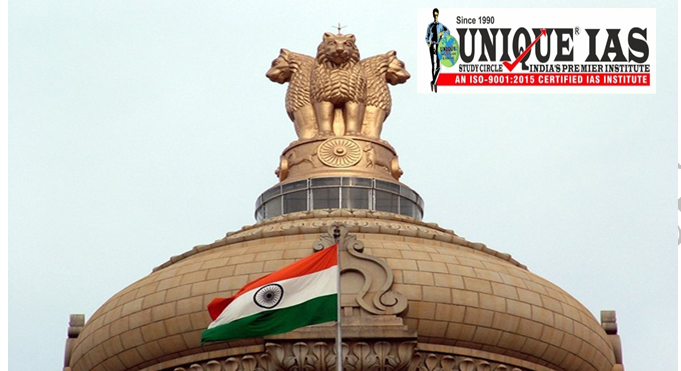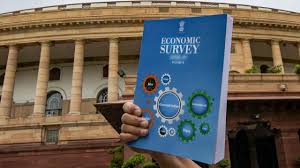India’s Ethanol Production shift from Sugar to Maize
Context
Cereal Grains have overtaken sugarcane as the primary feedstock for the production of ethanol used in blending with petrol.
About
In the current supply year 2023- 2024, sugar mills and distilleries supplied 401 crore liters of ethanol to oil marketing companies.
Of that, 211 crore liters or 52.7% was ethanol produced using maize and damaged foodgrains (mainly broken/ old rice not fit for human consumption), while sugarcane-based feedstocks (molasses and whole juice/ syrup) accounted for the remaining 190 crore liters.
This is the first time that the contribution of grains to India’s ethanol production has surpassed 50%.
What is Ethanol?
Ethanol is 99.9% pure alcohol that can be blended with petrol.
Alcohol production involves the fermentation of sugar using yeast. In cane juice or molasses, sugar is present in the form of sucrose which is broken down into glucose and fructose.
Also, grains contain starch, a carbohydrate that has to first be extracted and converted into sucrose and simpler sugars, before their further fermentation, distillation, and dehydration to ethanol.
Ethanol blending
The ‘National Policy on Biofuels’ notified by the government in 2018 envisaged an indicative target of 20% ethanol blending in petrol by 2030.
In 2014 only 1.5 percent ethanol was blended in petrol in India.
Given the encouraging performance and various interventions made by the government since 2014, the 20% target was advanced to 2025-26.
Why is maize being promoted to produce ethanol?
Till 2017-18, ethanol was being produced only from molasses, the dense dark brown liquid byproduct containing sucrose that mills cannot economically recover and crystallize into sugar.
However, Sugarcane is a water-guzzling crop. A NITI Aayog report says that just one liter of ethanol produced from sugarcane consumes at least 2,860 liters of water.
India will require 1320 million tons of sugarcane, 19 million hectares of additional land, and 348 billion cubic meters of extra water to produce enough ethanol to meet the 20% ethanol blending target of 2025.
Further, the Food Corporation of India (FCI) has restricted the use of rice due to concerns over cereal inflation and hence maize has emerged as the top ethanol feedstock.
…………………………..



.jpg)
.jpg)
.jpg)
.jpg)
.jpg)
.jpg)


.jpg)
.jpg)
.jpg)
